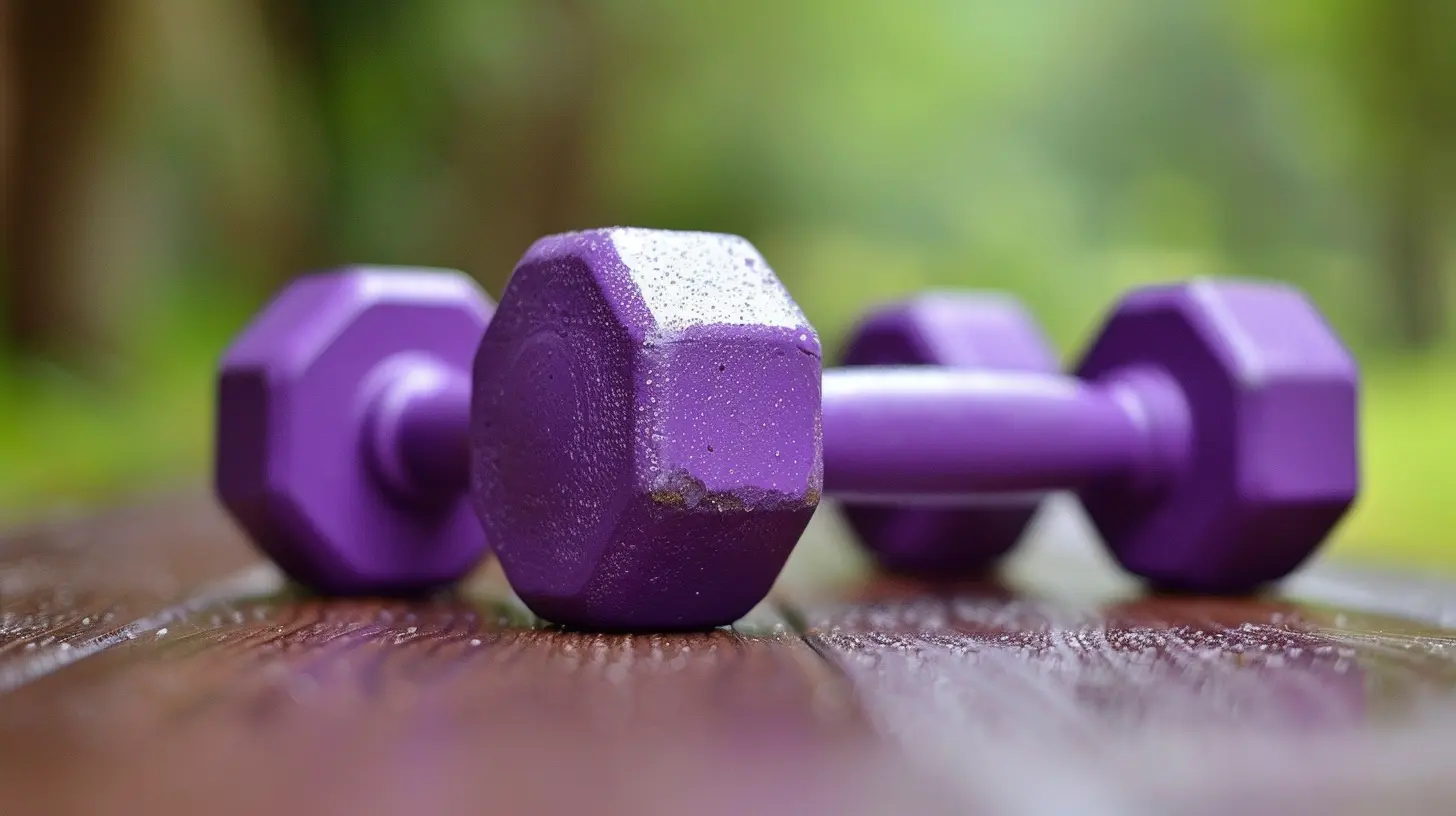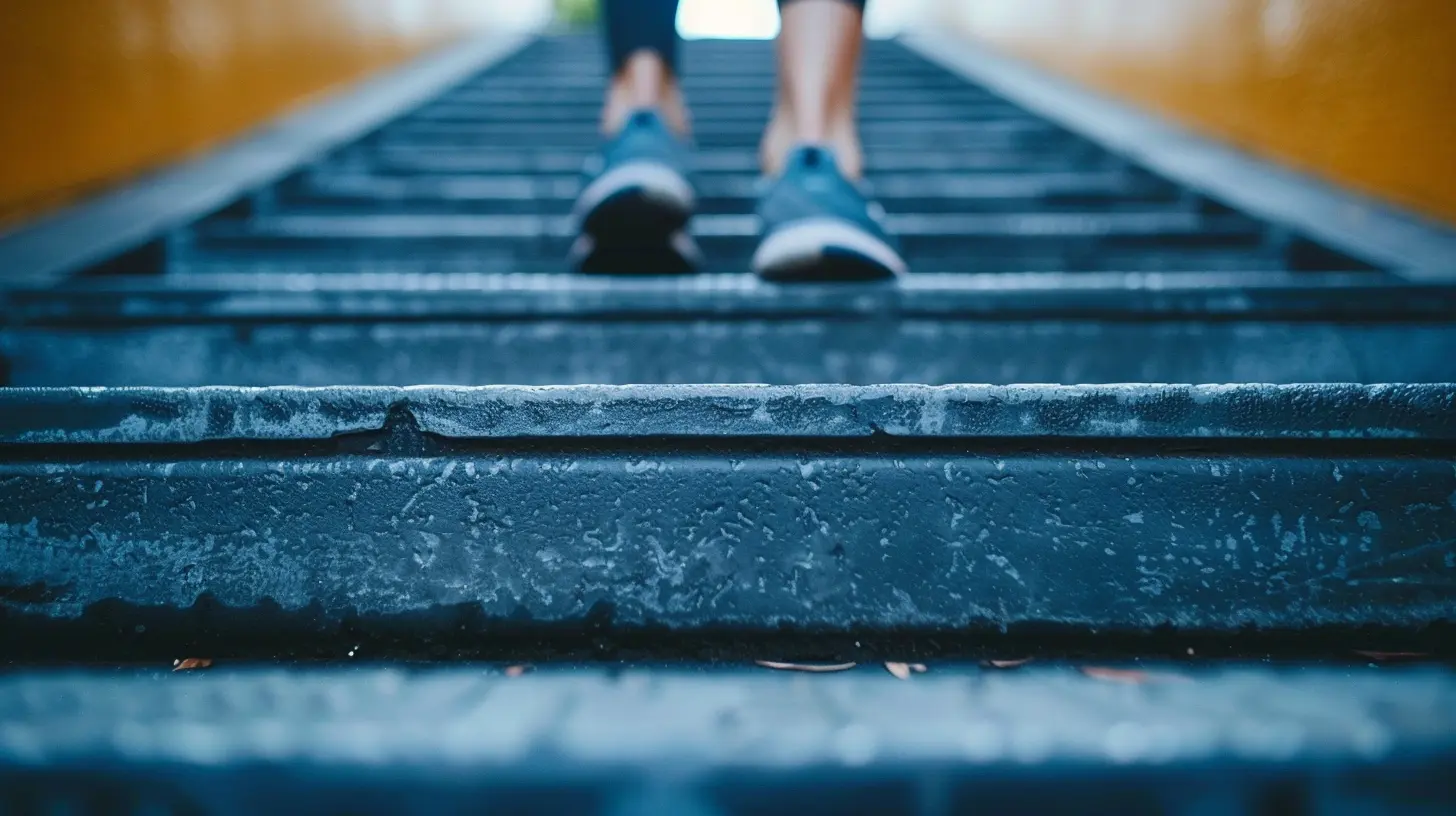Exploring the Benefits of Low-Impact Workouts
13 October 2025
When you think of a great workout, do you imagine high-intensity sprints, heavy weights, or sweat-drenching cardio sessions? While those have their place, not every workout needs to leave you gasping for air. Low-impact workouts come with a host of benefits that can improve your health, fitness, and overall well-being—without being harsh on your body.
Whether you’re new to exercise, recovering from an injury, or just looking for a gentler way to stay active, low-impact workouts might be exactly what you need. So, let’s break it down and see why these types of exercises deserve a place in your routine. 
What Are Low-Impact Workouts?
Low-impact workouts are exercises that minimize stress on your joints while still providing an effective way to burn calories, build strength, and improve mobility. These workouts involve movements that keep at least one foot on the ground or reduce the impact on your bones and muscles.Some common examples include:
- Walking – A simple, effective way to stay active.
- Cycling – A great cardio option that’s easy on the knees.
- Swimming – Provides full-body resistance without joint strain.
- Yoga – Enhances flexibility and relaxation.
- Pilates – Strengthens core muscles without excessive strain.
- Elliptical Training – Offers a smooth, joint-friendly motion.
Now that we know what low-impact workouts are, let’s dive into their benefits. 
1. Protects Your Joints
One of the biggest advantages of low-impact workouts is that they reduce the stress placed on your joints. Activities like running and jumping can lead to wear and tear on your knees, ankles, and hips over time. If you already suffer from joint pain or arthritis, high-impact exercises can make things worse.Low-impact workouts allow you to stay active while keeping your joints safe, making them an excellent option for people of all ages and fitness levels. 
2. Reduces the Risk of Injury
Let’s be honest—nobody enjoys being sidelined by an injury. High-impact workouts often carry a greater risk of strains, sprains, or even stress fractures. Whether you're an athlete or a beginner, injuries can be frustrating and keep you from reaching your fitness goals.Since low-impact exercises involve smoother, controlled movements, they put less strain on your muscles and ligaments. This makes them an ideal choice for anyone looking to exercise consistently without unnecessary setbacks. 
3. Improves Cardiovascular Health
Think low-impact means low-intensity? Think again. You don’t have to sprint or jump to get your heart pumping. Activities like brisk walking, cycling, and swimming can still elevate your heart rate and improve cardiovascular endurance.Regular cardio exercise strengthens your heart, lowers blood pressure, and improves circulation—all key factors in reducing the risk of heart disease. The best part? You can achieve these health benefits without the pounding impact associated with other high-intensity workouts.
4. Supports Weight Loss and Fat Burning
You don’t need to do crazy-intense workouts to burn calories and shed unwanted pounds. Low-impact exercises can be just as effective when done consistently. Activities like swimming, rowing, and incline walking engage multiple muscle groups while keeping intensity levels manageable.Plus, by incorporating consistent movement into your daily routine, you boost your metabolism and encourage long-term weight loss—without feeling completely drained after every workout.
5. Builds Muscle Strength and Endurance
Strength training doesn’t have to mean lifting heavy barbells or doing explosive movements. Low-impact workouts like Pilates, yoga, and bodyweight exercises build muscle strength and endurance without placing excessive strain on your body.Slow, controlled motions force your muscles to engage for longer, leading to improved muscle definition and stamina. And because they’re easier on your joints, you can keep up with these exercises for years to come.
6. Enhances Flexibility and Mobility
Ever struggled to touch your toes or felt tightness in your lower back? Low-impact workouts like yoga and stretching exercises improve flexibility and mobility, which can help you move more freely in daily life.Greater flexibility not only makes exercise easier but also reduces stiffness and the risk of injury. Whether you’re an athlete or just looking to feel better in your everyday movements, adding flexibility-focused exercises to your routine is a game-changer.
7. Reduces Stress and Boosts Mental Well-Being
Exercise isn’t just about looking good—it’s also about feeling good. Low-impact workouts, especially activities like yoga, tai chi, and walking in nature, have been shown to reduce stress and anxiety.When you exercise, your body releases endorphins—those “feel-good” hormones that boost your mood and help combat stress. The slower, controlled movements of low-impact exercises encourage mindfulness, helping you relax and clear your mind.
After all, taking care of your mental health is just as important as taking care of your body.
8. Ideal for All Fitness Levels
Whether you’re a beginner, a senior, or recovering from an injury, low-impact workouts are accessible to everyone. Unlike high-intensity routines that require a certain level of fitness, anyone can jump into a low-impact workout without feeling overwhelmed.Plus, these exercises are easy to modify—so you can gradually increase the intensity as your fitness improves. From gentle stretching to resistance training, low-impact options fit every lifestyle and fitness goal.
9. Great for Recovery Days
Even if you love high-intensity workouts, your body needs time to recover. Low-impact exercises provide the perfect way to stay active on rest days without overly stressing your muscles.Activities like swimming or yoga help loosen up tight muscles, increase blood flow, and promote faster recovery. By incorporating low-impact workouts into your routine, you keep your body moving without risking burnout or injury.
10. Can Be Done Anywhere
One of the best things about low-impact workouts? You don’t need a fancy gym or expensive equipment to get started. Many of these exercises can be done at home, outdoors, or even in a small space.Walking, bodyweight exercises, stretching, and yoga require minimal to no equipment, making it easy to stay active no matter where you are. Whether you're traveling, short on time, or don’t like crowded gyms, low-impact workouts offer a convenient fitness solution.
How to Incorporate Low-Impact Workouts into Your Routine
Ready to get started? Here are a few simple ways to include low-impact workouts in your fitness routine:- Start with walking – A daily 30-minute walk is a great way to build consistency.
- Try a yoga or stretching session – Improve flexibility and relieve stress.
- Use an elliptical or stationary bike – Get a solid cardio workout without the impact.
- Experiment with Pilates – Strengthen your core and improve posture.
- Swim or do water aerobics – A fantastic full-body workout that’s easy on the joints.
The key is consistency. Even small changes in your routine can make a big difference in your overall health.
Final Thoughts
Low-impact workouts prove that you don’t need to push your body to its limits to see results. They provide a safe, effective, and sustainable way to stay fit, protect your joints, and improve your overall health.So whether you’re looking for a recovery-friendly option, a joint-friendly exercise, or just an easy way to stay active—low-impact workouts are well worth adding to your routine.
Give them a try, and your body will thank you!
all images in this post were generated using AI tools
Category:
FitnessAuthor:

Everett Davis
Discussion
rate this article
1 comments
Yasmeen Barnes
Great insights! Low-impact workouts are truly beneficial.
October 21, 2025 at 3:52 AM

Everett Davis
Thank you! I'm glad you found the insights helpful. Low-impact workouts really do offer fantastic benefits!


